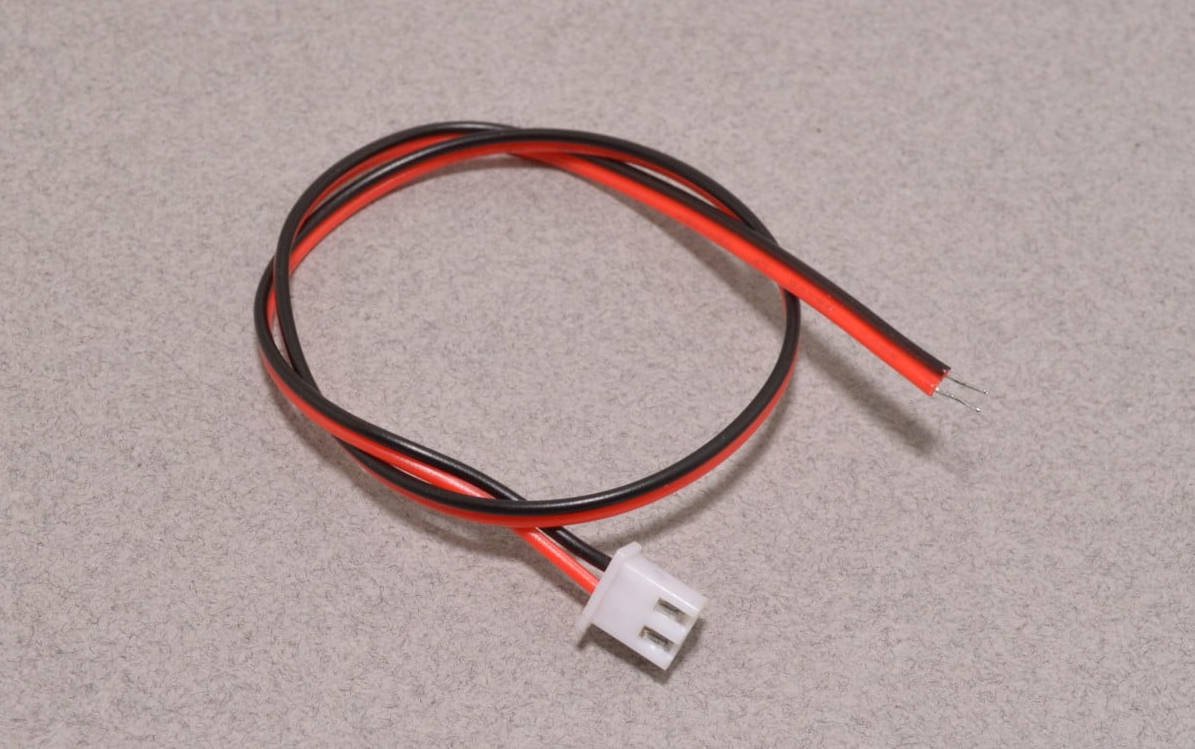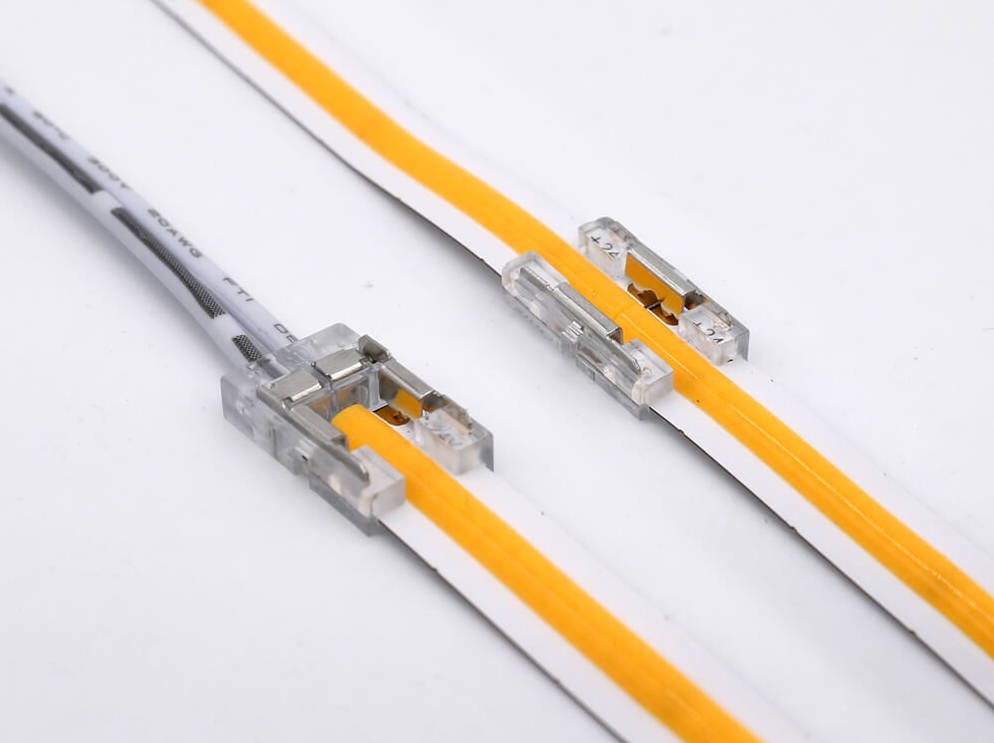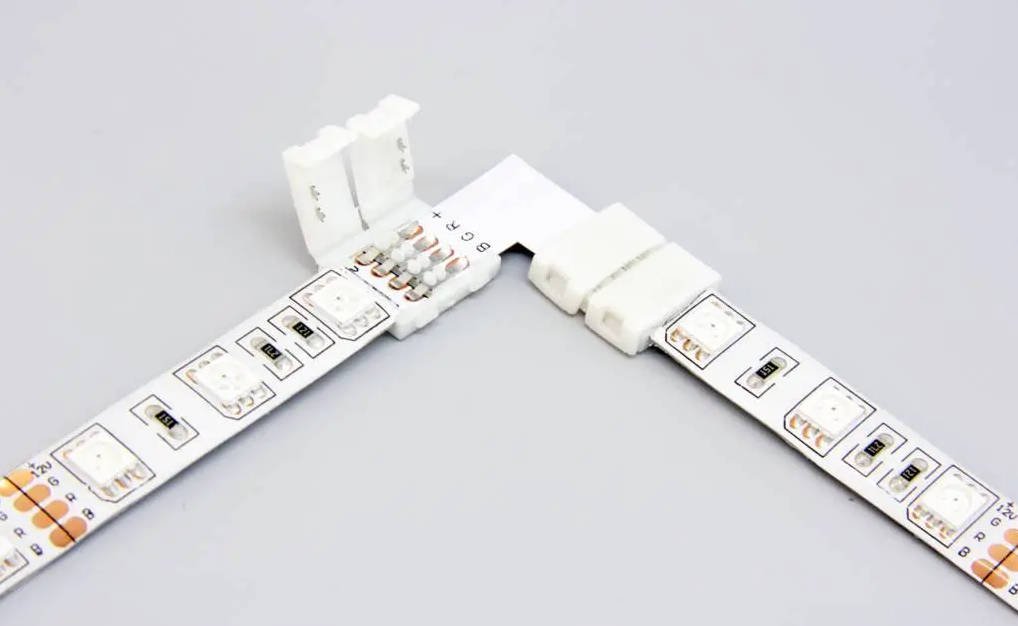Introduction
Wafer Connectors play a crucial role in modern electronic systems, ensuring reliable and efficient data transmission. The performance and longevity of these connectors are heavily influenced by the materials used in their construction. Recent advancements in materials technology have led to significant improvements in the durability and performance of Wafer Connectors. This article explores the latest innovations in Wafer Connector materials and their impact on enhancing connector quality.

Understanding Wafer Connector Materials
Traditionally, Wafer Connectors have been made from materials such as copper for the conductive parts and plastic for insulation. While these materials have served their purpose, advancements in material science have introduced new options that offer improved performance and durability.
Traditional Materials
- Conductive Materials: Copper and its alloys have been standard choices due to their excellent electrical conductivity. However, they can be prone to oxidation and wear over time.
- Insulating Materials: Plastics like polyethylene and polyimide have been commonly used for insulation, providing necessary dielectric properties but with limitations in high-stress environments.
With the increasing demands for higher data rates and more robust performance, there is a growing need for innovative materials that can address these challenges more effectively.
Advances in Conductive Materials
High-Conductivity Alloys
Recent innovations in conductive materials have introduced new high-conductivity alloys that offer enhanced electrical performance. These advanced alloys, often composed of silver or specialized copper compounds, provide superior conductivity compared to traditional copper. This improvement leads to reduced signal loss and increased data transmission rates, making them ideal for high-performance applications.
Plated Materials
Plating techniques have also seen significant advancements. For example, the use of gold and nickel plating has become more prevalent. Gold plating enhances the corrosion resistance of Wafer Connectors, ensuring reliable connections even in harsh environments. Nickel plating, on the other hand, provides additional mechanical strength and resistance to wear, further extending the lifespan of connectors.
Enhancements in Insulating Materials
Advanced Polymer Composites
In the realm of insulation, advanced polymer composites have been developed to offer improved dielectric properties. These new polymers provide better thermal resistance and electrical insulation compared to traditional plastics. They are particularly useful in high-temperature applications where maintaining insulation integrity is critical.
Ceramic and Hybrid Insulators
Ceramic materials and hybrid insulators, which combine ceramics with polymers, are becoming increasingly popular. Ceramics offer exceptional thermal and mechanical stability, making them suitable for extreme conditions. Hybrid materials leverage the benefits of both ceramics and polymers, providing a balance of flexibility and durability for various applications.
Innovations in Mechanical Durability
Reinforced Structural Designs
Innovations in mechanical design have led to the development of reinforced structural elements within Wafer Connectors. These reinforcements enhance the connectors’ ability to withstand physical stress and wear, improving their overall mechanical strength. This is particularly important in applications where connectors are subjected to frequent use or harsh conditions.
Advanced Manufacturing Techniques
Precision manufacturing technologies, such as 3D printing, have been adopted to produce Wafer Connectors with greater accuracy and consistency. These advanced techniques allow for the creation of complex geometries and fine details that were previously difficult to achieve, leading to improved performance and reliability.
Environmental and Long-Term Performance
Temperature and Environmental Resistance
New materials are being designed to resist extreme temperatures and environmental conditions. These innovations ensure that Wafer Connectors remain functional and reliable in outdoor or industrial settings where exposure to temperature fluctuations and contaminants is common.
Sustainability and Longevity
Sustainability is also a key consideration in material innovation. Eco-friendly materials and designs that extend the product life are being developed to reduce the environmental impact and overall cost. These advancements not only benefit the environment but also offer long-term economic advantages.
Case Studies and Industry Examples
Case Study 1: Aerospace Industry
In the aerospace industry, material innovations in Wafer Connectors have led to significant improvements in performance. For example, connectors with advanced ceramic insulators have been used in spacecraft to ensure reliable operation in extreme conditions.
Case Study 2: Consumer Electronics
In consumer electronics, high-conductivity alloys and advanced polymer composites have been integrated into connectors to support the high-speed data transmission required by modern devices. These innovations have contributed to more reliable and efficient electronic products.
Choosing the Right Wafer Connector Material
Factors to Consider
When selecting Wafer Connectors, it is essential to consider factors such as the operating environment, required performance characteristics, and material compatibility. Understanding these factors will help users make informed decisions about the most suitable materials for their specific needs.
Consulting with Manufacturers
Consulting with a Wafer Connectors factory or supplier can provide valuable insights into material options and help ensure that the chosen connectors meet the required specifications. Expert advice can also assist in selecting connectors that offer the best balance of performance, durability, and cost.
Conclusion
Innovations in Wafer Connector materials have significantly enhanced their durability and performance. Advances in conductive and insulating materials, mechanical durability, and environmental resistance have led to more reliable and efficient connectors. By understanding these innovations and consulting with experts, users can make informed decisions and select the best Wafer Connectors for their applications.



